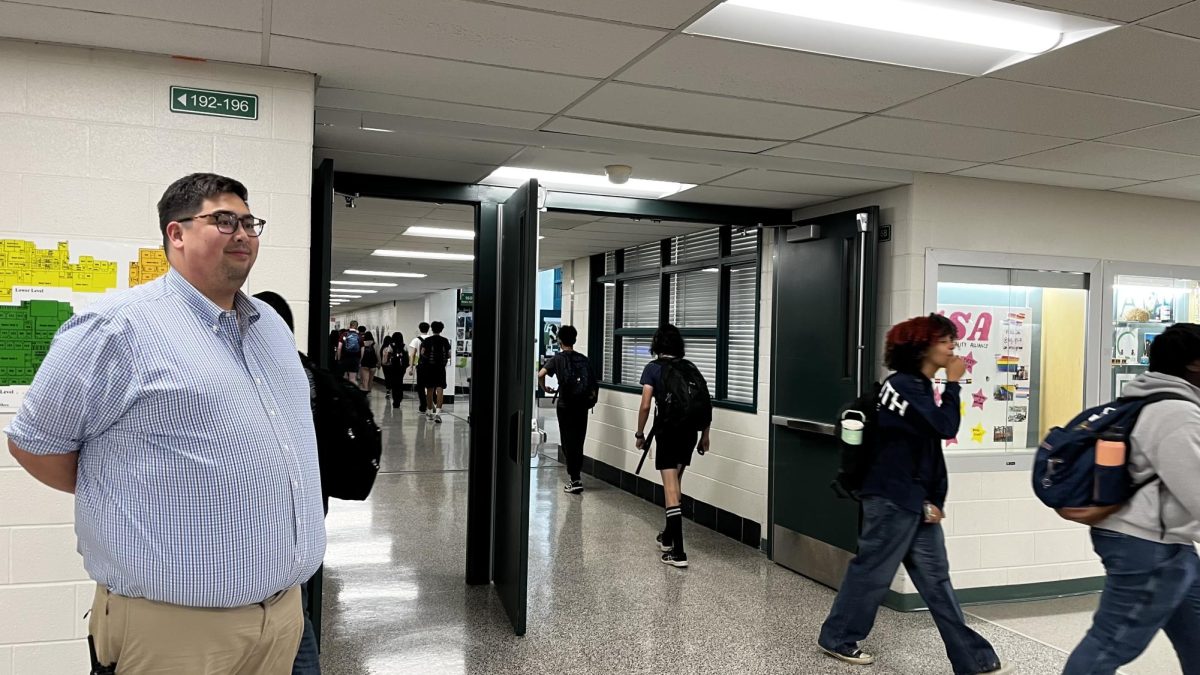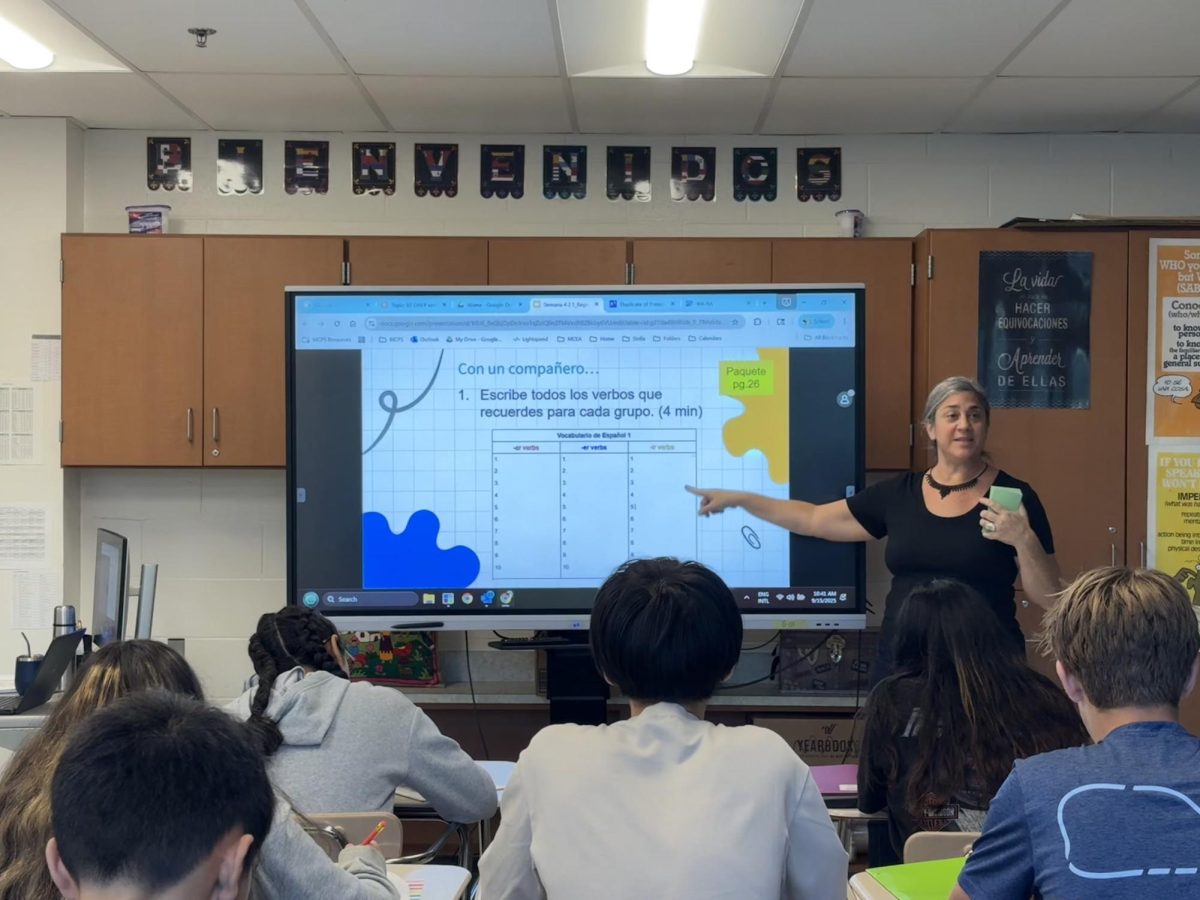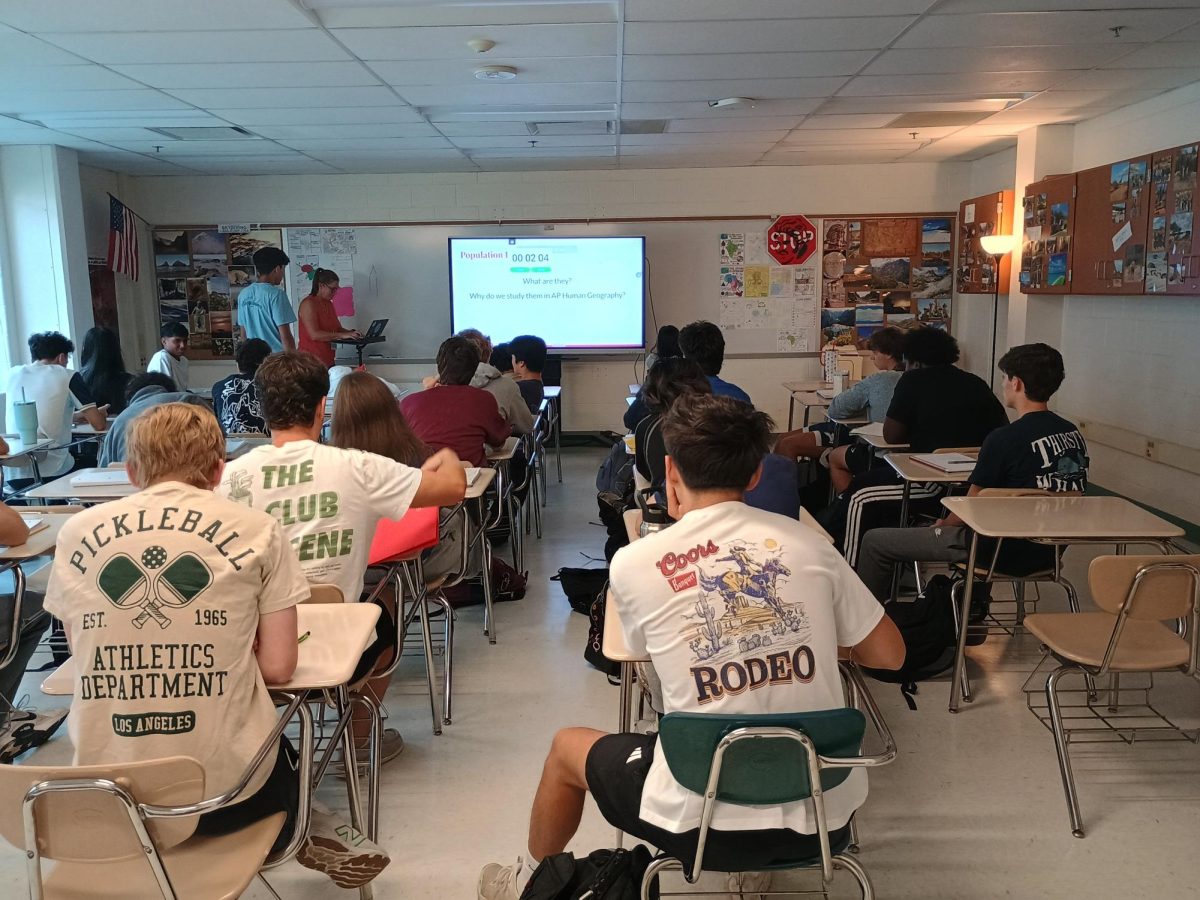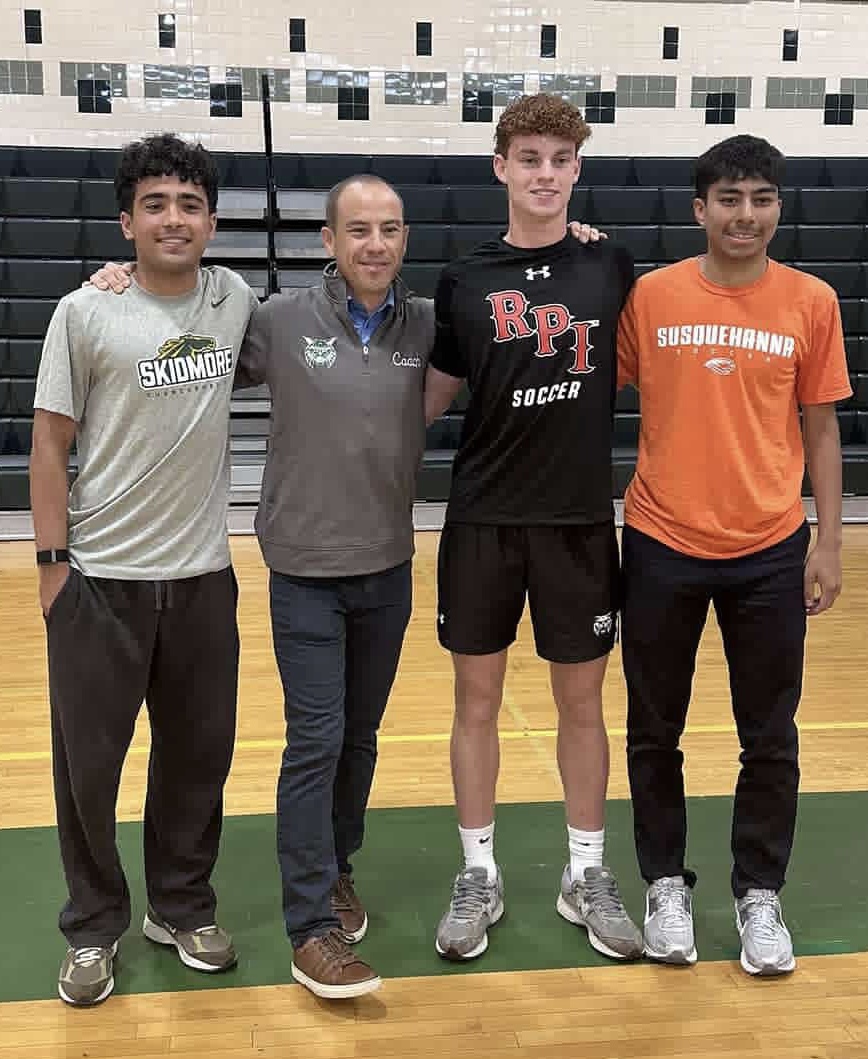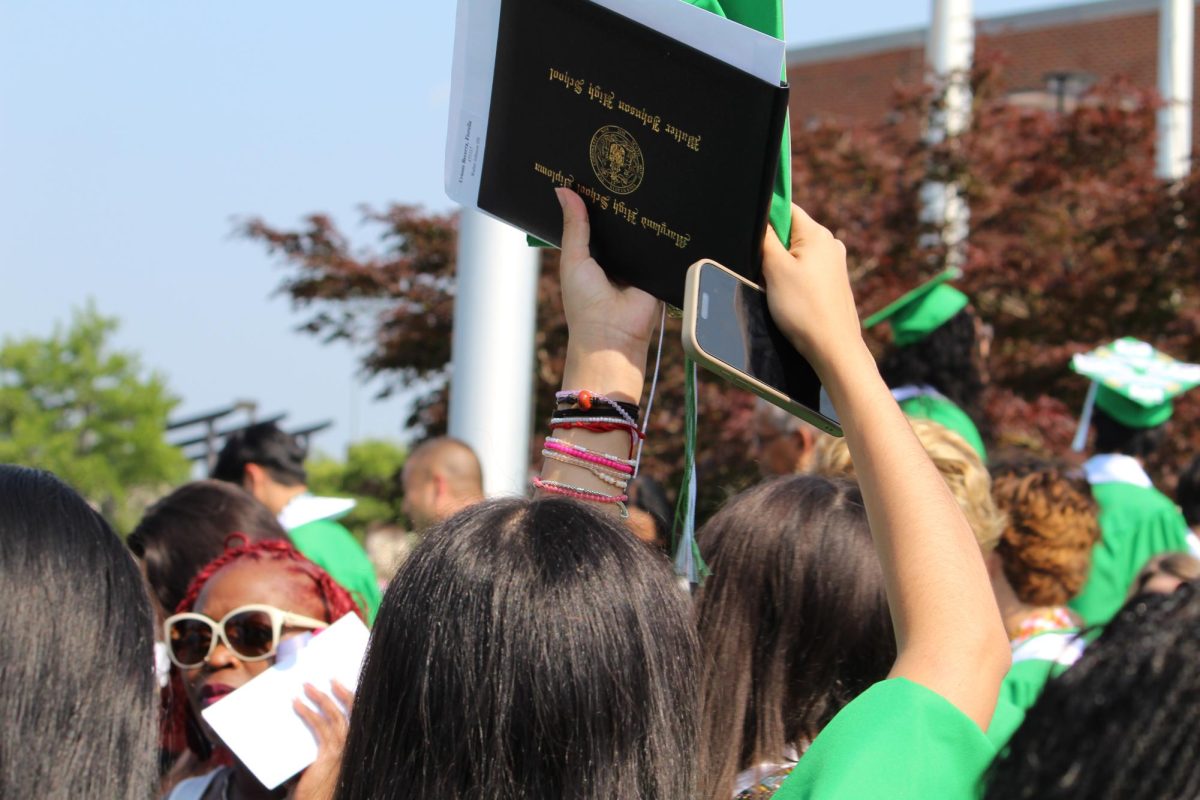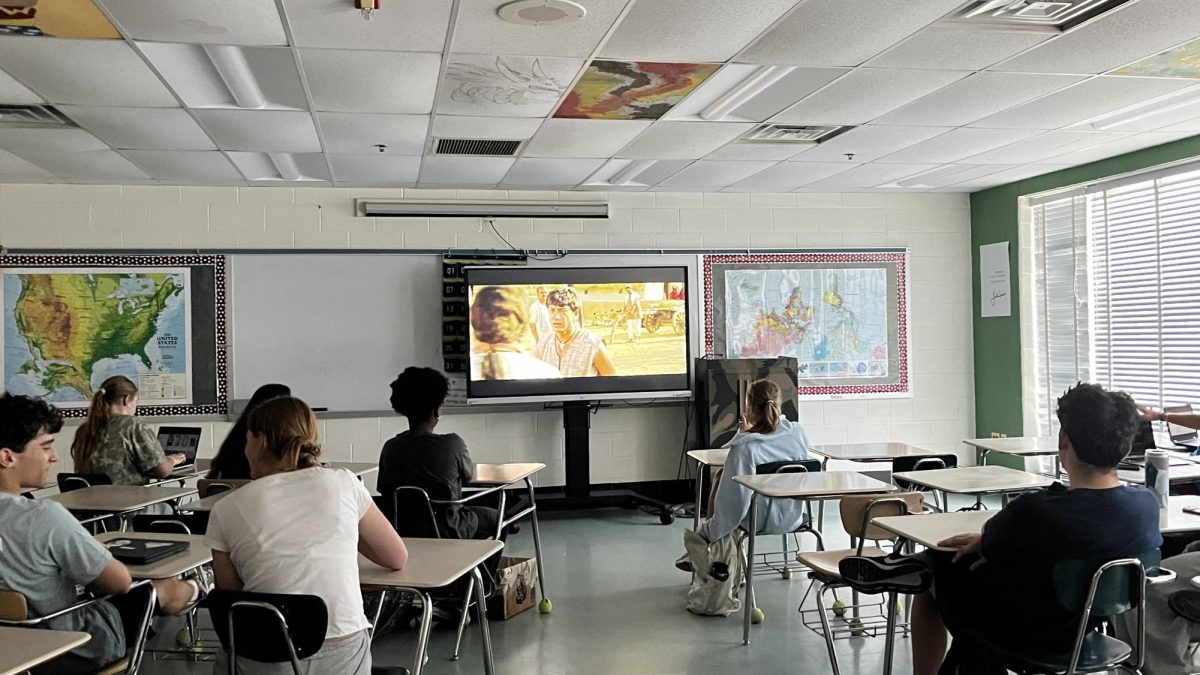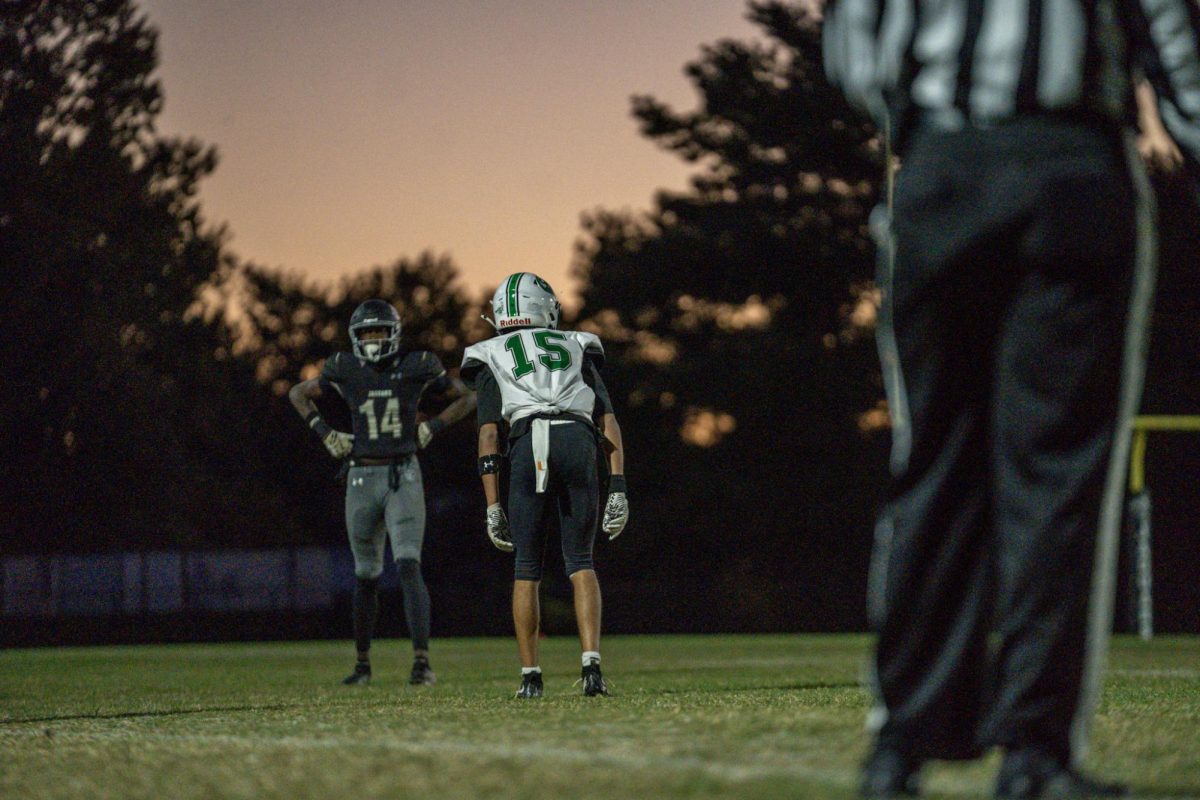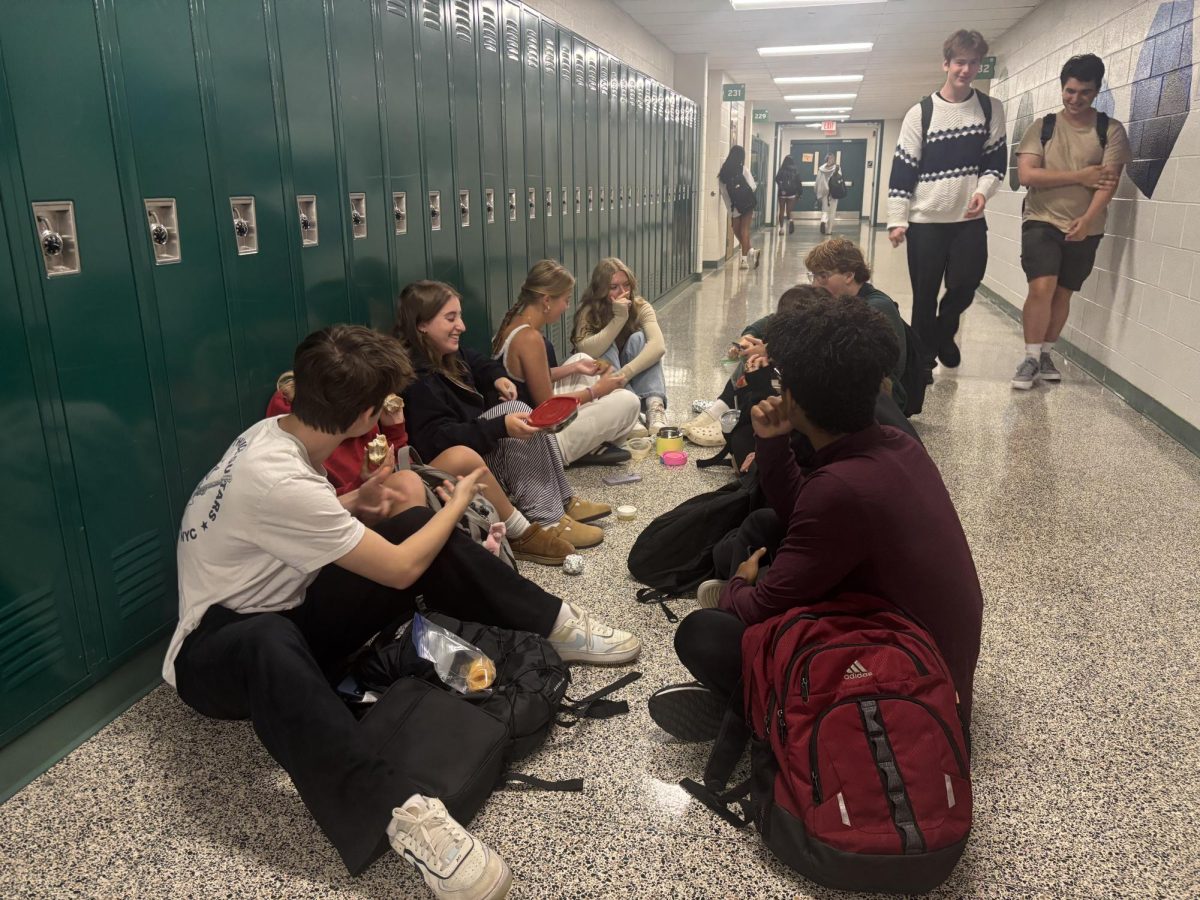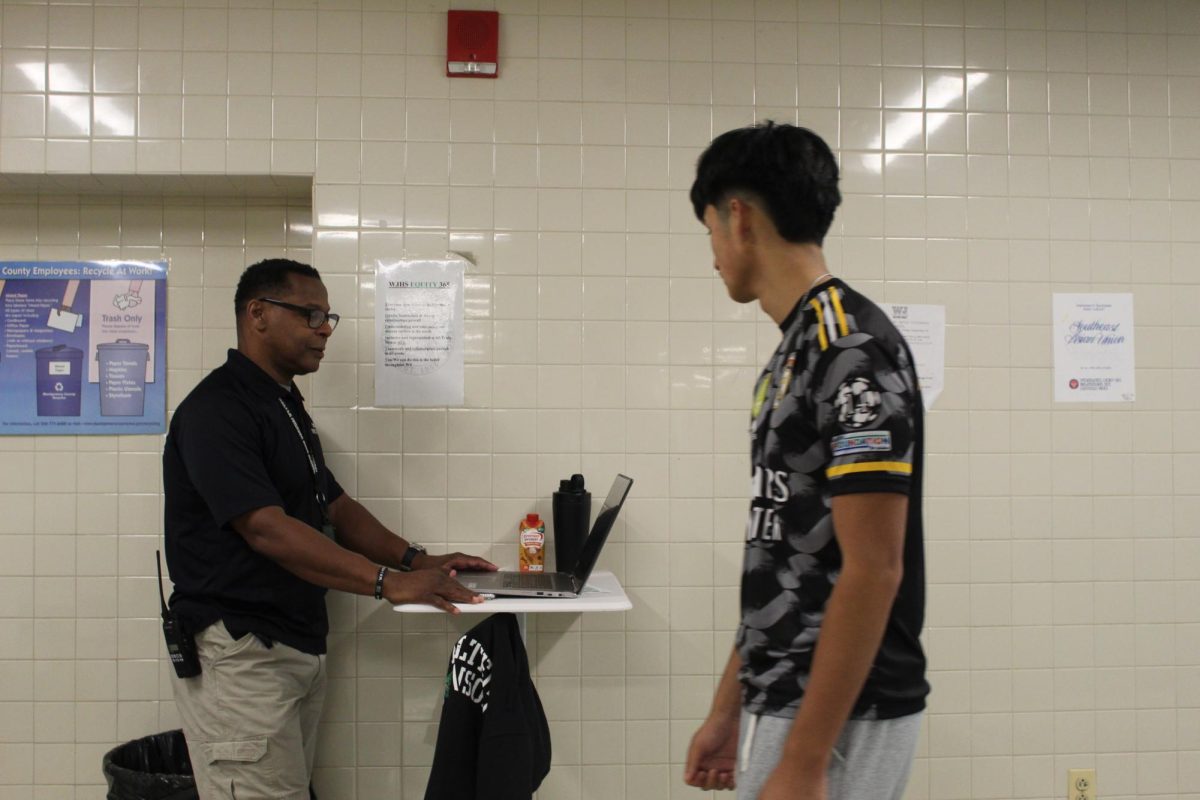The Hispanic and Latin Culture Assembly is an annual cultural celebration of the diversity in WJ. The assembly is meant to spread Hispanic and Latin culture and promote diversity.
Club members spent two and a half months working on the assembly. The group has met everyday after school and have been putting in ideas since the summer. They have been working to make it as inclusive of the Latin culture as much as they can, including different dances from different Latin cultures.
This year’s theme was “We’re Here”. The club aimed to spread awareness of the diversity and complexity of the Latin culture. They wanted to include countries that identify as Latin or Hispanic. Senior Diana Reyes, the President of the Hispanic and Latin Culture Club, said that it is a great way to show and spread the Latin culture.
“I say you don’t really see diversity at WJ. It’s a big part of showing our culture especially that we don’t get to show our culture as often as we would like to. We want to get the word out that we do exist in this world. Sometimes alone. And sometimes we have to stick by each other. This year’s theme is “We’re Here”. We’re here to stay. It’s not like we are going anywhere,” Reyes said.
The assembly started with the Bachata Dance that originates from the Dominican Republic. Then it followed with Isabela Paz and Charly Rodriguez singing Carnaval, Me Rehuso, El Bano, Chantaje and Mi Gente. Every song originates from a country in South America. Carnaval, Chantaje, and Mi Gente originate from Columbia. Me Rehúso originates from Venezuela. El Bano is a Spanish song. Then it was followed by the Merengue Dance that also originates from the Dominican Republic but is considered a Latin Dance due to its widespread popularity in Latin America. They ended with the famous Salsa dance which originates from Puerto Rico, Mexico and Cuba.
“We intended to include a piece of Latin America. We are based in one place but we have different cultures. We tried to incorporate as many countries as we could. We included islands like Dominican Republic, Cuba and Puerto Rico. We also included Mexico,” Reyes said.
Although the assembly was full of cultural dances and songs, club officers aimed to include the political aspect too. Latin America has been filled with political instability and economic problems. In the assembly, the club introduced each country and problems it is facing right now as a part of its mission to spread awareness of global conflicts, especially in Latin America.
Reyes spoke of problems facing Hispanic immigrants and the Latino club at WJ as they feel isolated and alone. She said that Latinos always stick together no matter what, but they still feel isolated within the school. She urged people interested in Latin culture to join.
“This is a very diverse club that everybody should try to be a part of. Whether you’re Hispanic or not, whether you’re Latino or not, we come with open arms and that’s a part of us Latinos. Latinos always stick to each other, we should never leave one of us behind,” Reyes said.
Anne Marie Forester Luu, sponsor of the Hispanic and Latin Culture Club, was very proud of the students’ work and the effort they put into the assembly.
“I’m really impressed with these students. The leadership group has been working on this for over two and a half months. And they have been doing their own choreography. It is really exciting,” Luu said.







